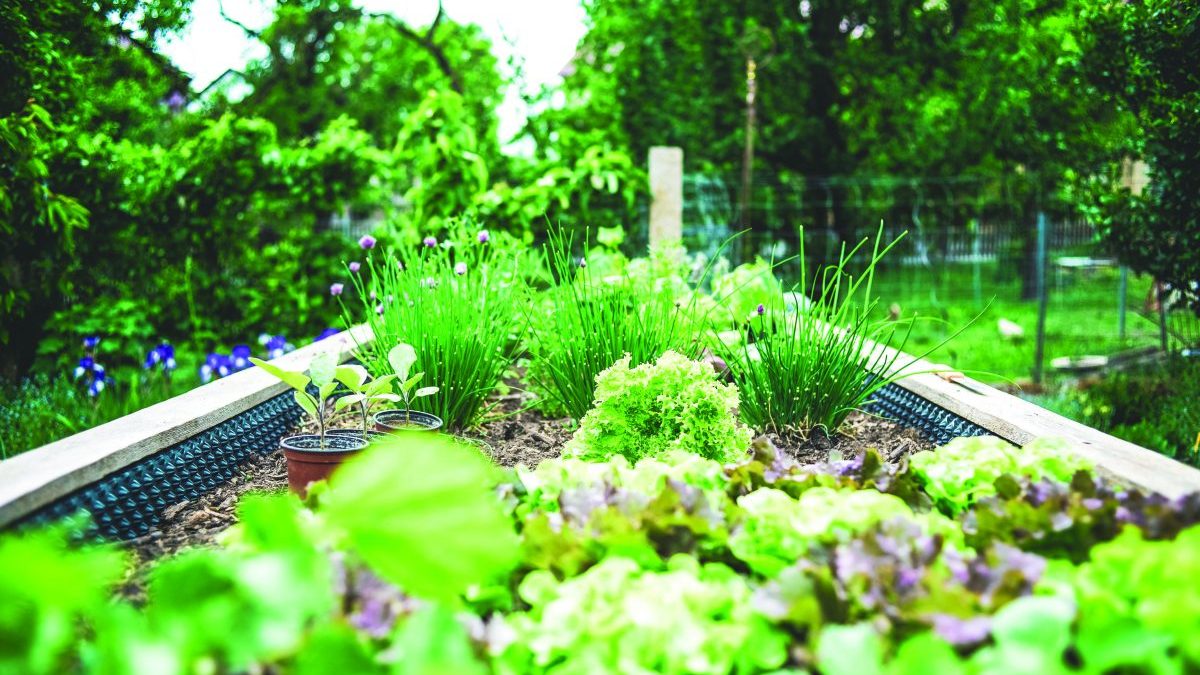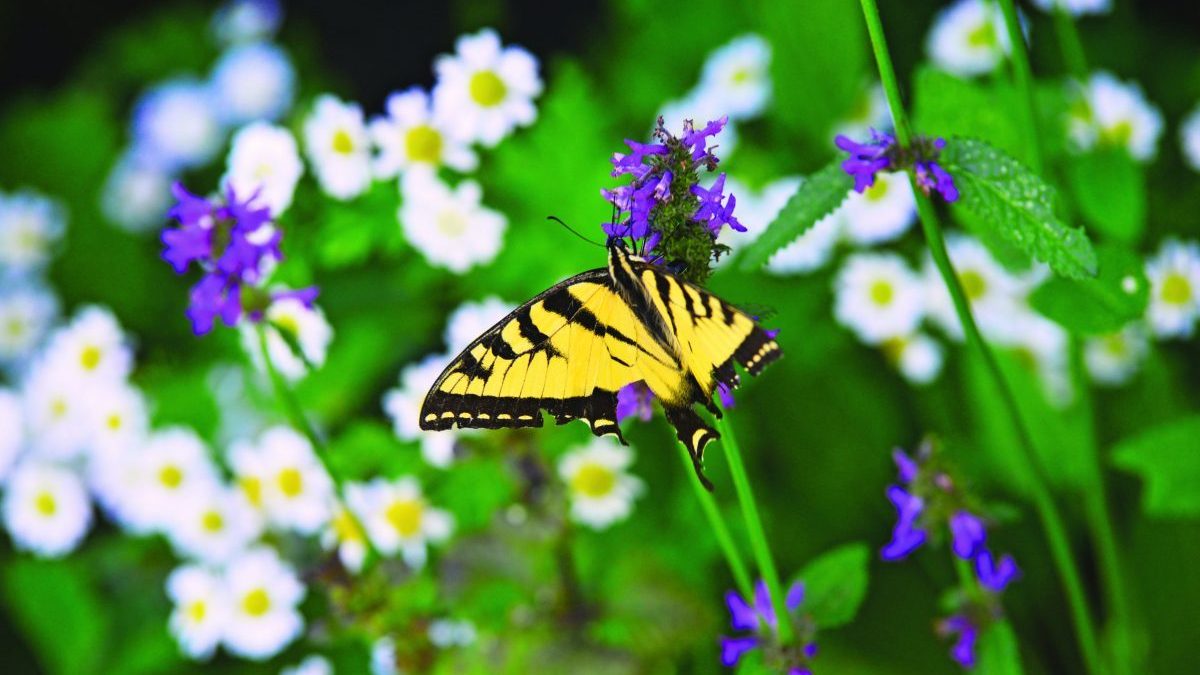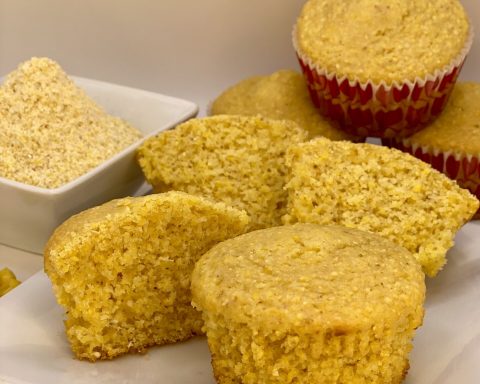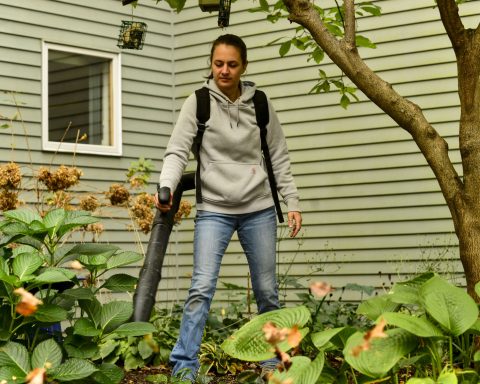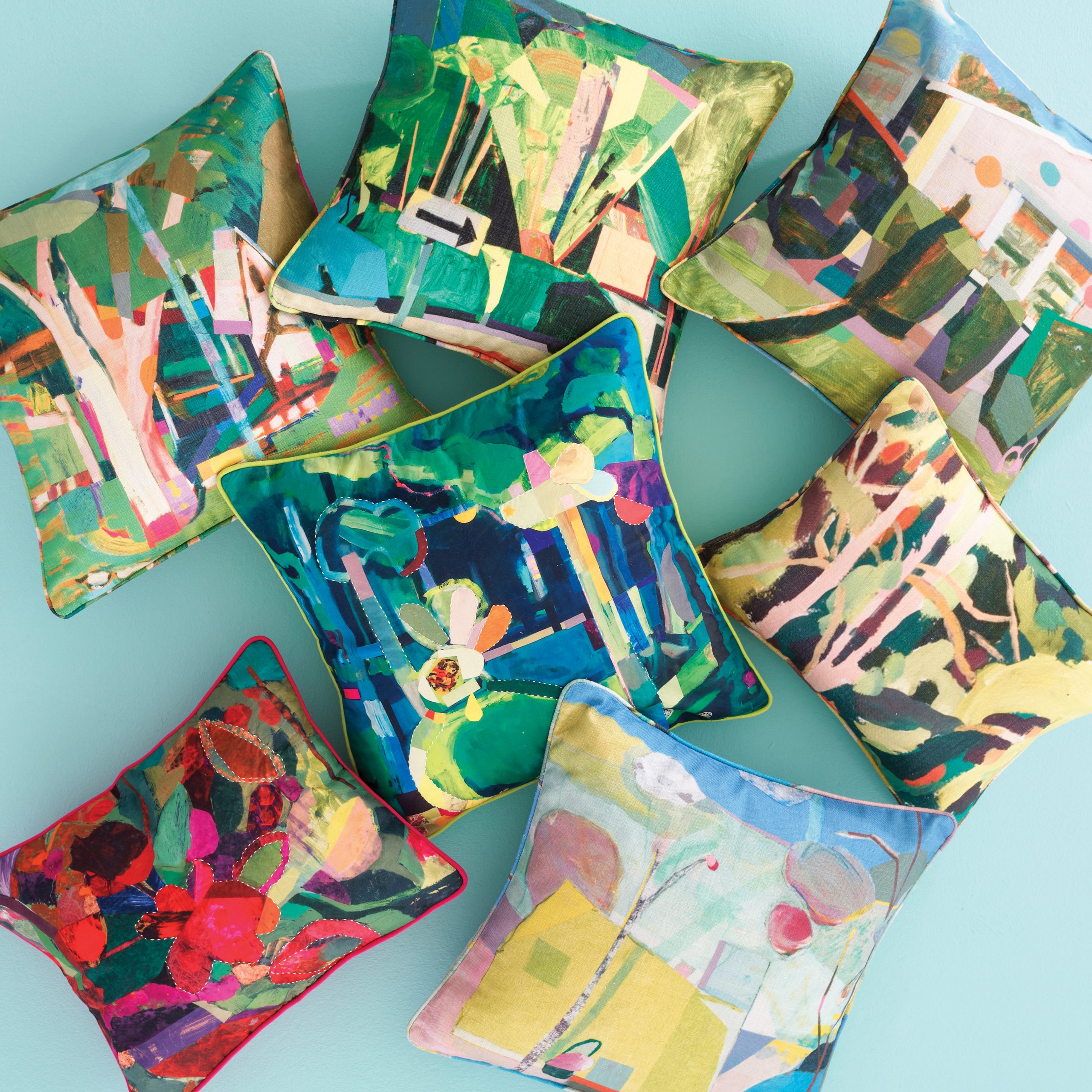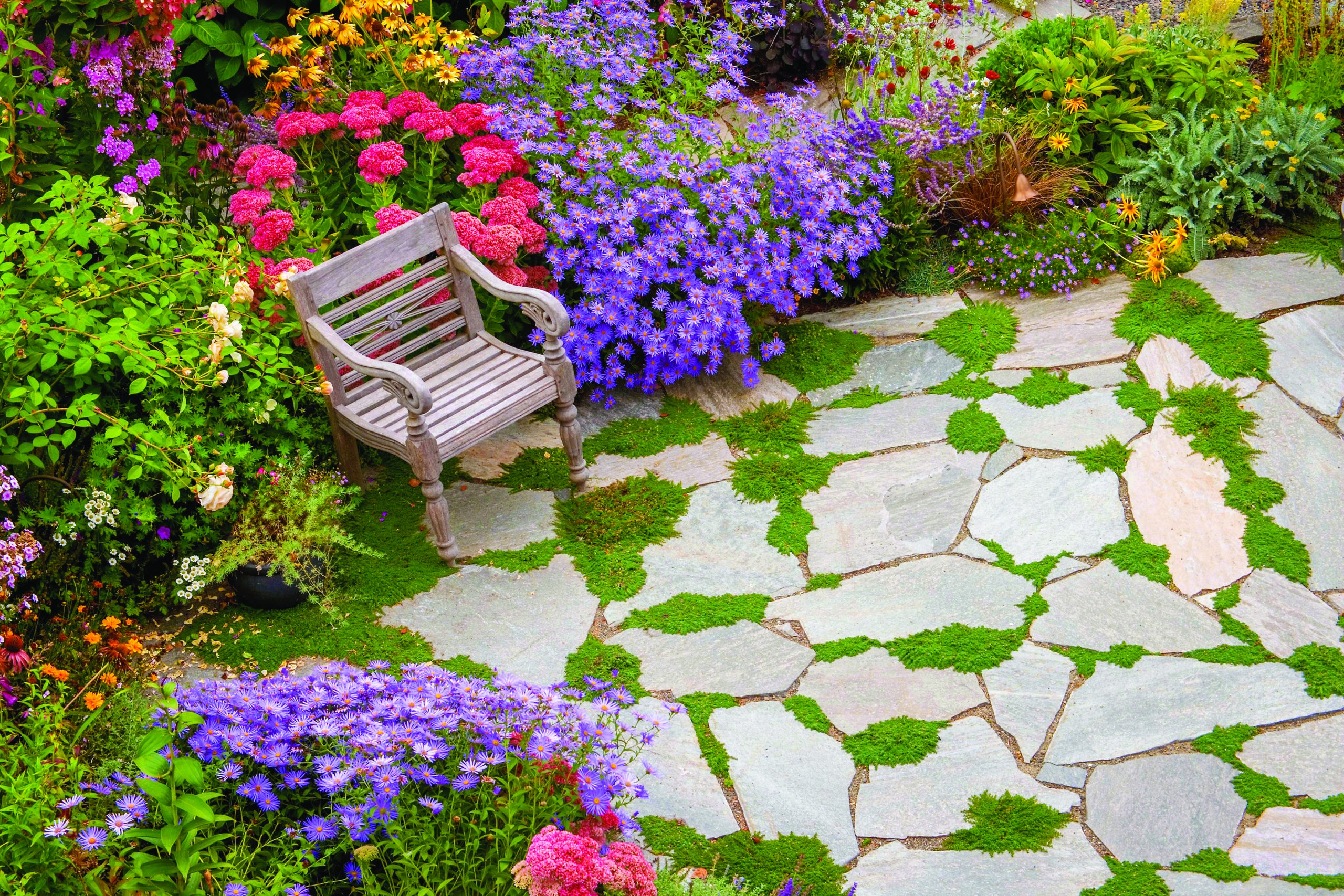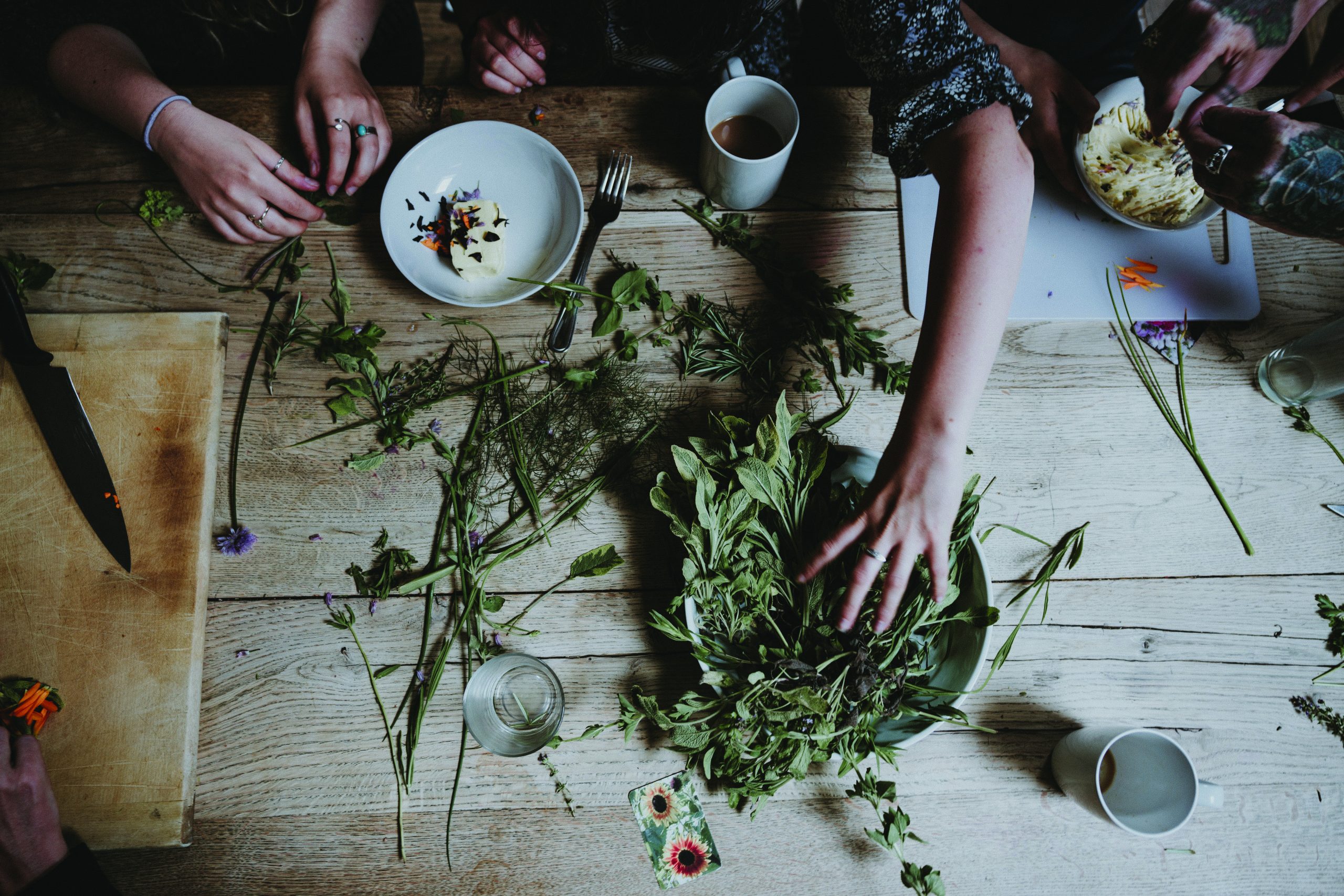The first day of spring arrives on March 20 this year and what better way to celebrate than by sowing some seeds? You’ll need to start most of them inside, as it’s still too cold out for most crops to survive. We’ve culled together a few tips from New England Newspapers Inc. columnists Ron Kujawski, author of The Berkshire Eagle’s “Garden Journal,” and Henry Homeyr who pens the Brattleboro Reformer’s “Notes from the Garden.”
Plan ahead
Prepare a planting plan for this year’s vegetable garden. The plan should indicate what, when and where each vegetable is to be planted. This is especially useful in doing crop rotations from year to year. Crop rotation is an important step for reducing pest and disease problems.
Don’t bite off more than you can chew. A good starter size is a bed is 10-feet-by 12-feet. Mound up the soil to build two wide beds — 30 to 36 inches wide — with a walkway down the middle and a bare strip along the outside edge of the plot. You will need to improve the soil with composted cow manure as lawns are notoriously devoid of minerals and organic matter.
Use what you have on hand
Although you can buy seed-starting kits, use your creativity and adapt some household items for seed starting.
Place seedlings near a sunny window or set up fluorescent lights above the containers. Ordinary LED fluorescent light bulbs will work well and are much cheaper than using grow-lights.
Egg cartons, the clear plastic containers in which berries are sold, and clementine crates make useful seed-starting containers.
Wooden popsicle sticks work well as plant labels.
Cover seeded containers with plastic wrap or other transparent material to prevent drying of the growing medium. Once seedlings are up, the cover may be removed, but check the moisture level in the soil daily to prevent wilting of seedlings.

Know which seeds to start indoors
Start seeds of peppers, eggplant, head lettuce, broccoli, Brussels sprouts, cabbage and cauliflower indoors. Always use a soil-less mix for seed starting as this will lessen the chances of infecting seedlings with plant diseases often found in soil.
Try direct sowing seeds of radish, carrots, beets, leaf lettuce, kale, spinach and other hardy leafy greens in the garden if soils are workable. Those who have raised bed gardens should be able to do this seed sowing around March 20.
Sow seeds of herbs that you use most frequently in cooking. Parsley, basil, thyme, rosemary, sage, chives, cilantro and tarragon can be started indoors now and grown on in the same pots, or transplanted in mid-to-late May to the outdoor garden.
Harden off seedlings
Sudden changes in climate conditions can cause damage to the seedlings. To harden off seedlings, wait until outdoor temperatures reach at least 50 F and then move them out to a shady spot protected from heavy winds.
Do this for an hour on the first day and then gradually increase the time outdoors by an hour each day. Also, gradually increase the amount of sunlight the seedlings receive.
Don’t forget the flowers
Grow flowers alongside your vegetables. Not only will it help attract numerous insects that are involved in pollination, but it will also provide cut flowers for indoor arrangements.
Annuals to start in March include ageratum, alyssum, aster, calendula, celosia, coleus, cornflower (bachelor button), dahlia, impatiens, marigold, nicotiana, petunia, portulaca, salvia, snapdragon, stock, sweet pea, sweet William and zinnia.
Consider lily-of-the-valley, instead of the overused pachysandra, when looking for a groundcover in a sunny or lightly shaded area. They form a dense cover that crowds out weeds. Best of all is the sweetly scented flower spikes they produce in May.
